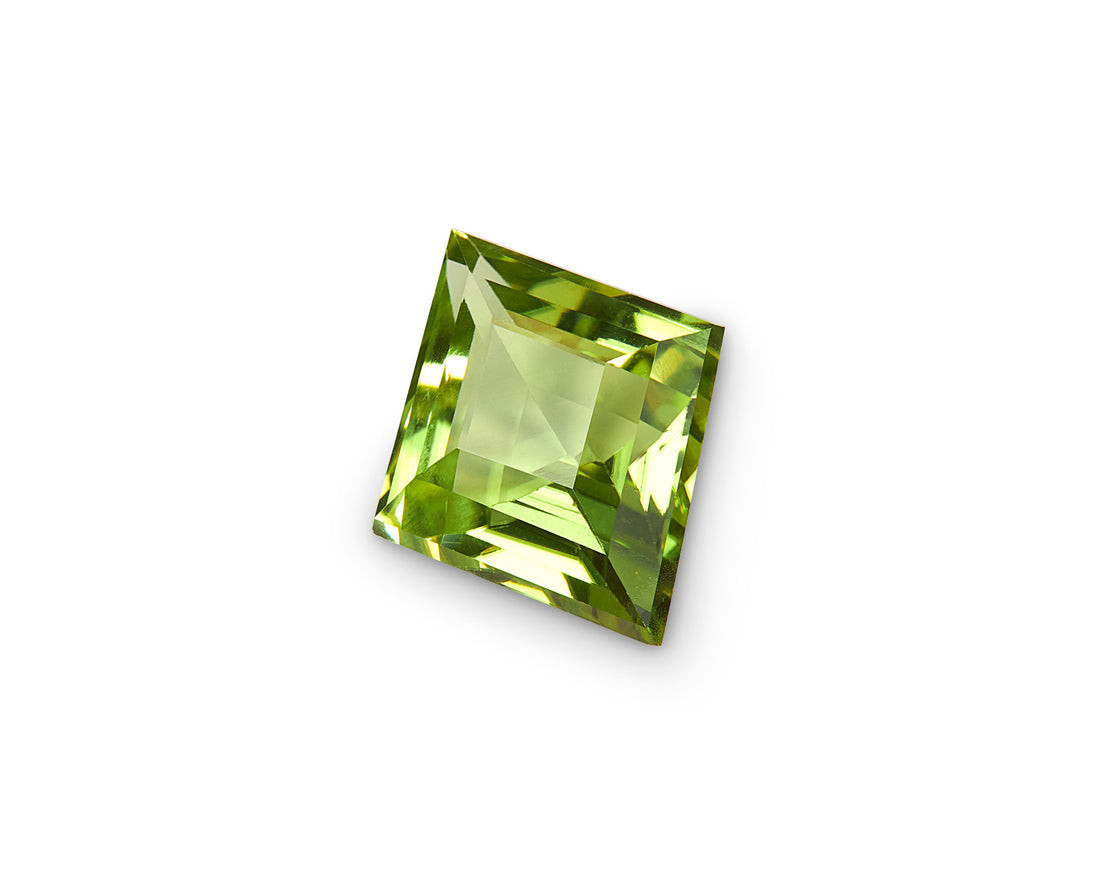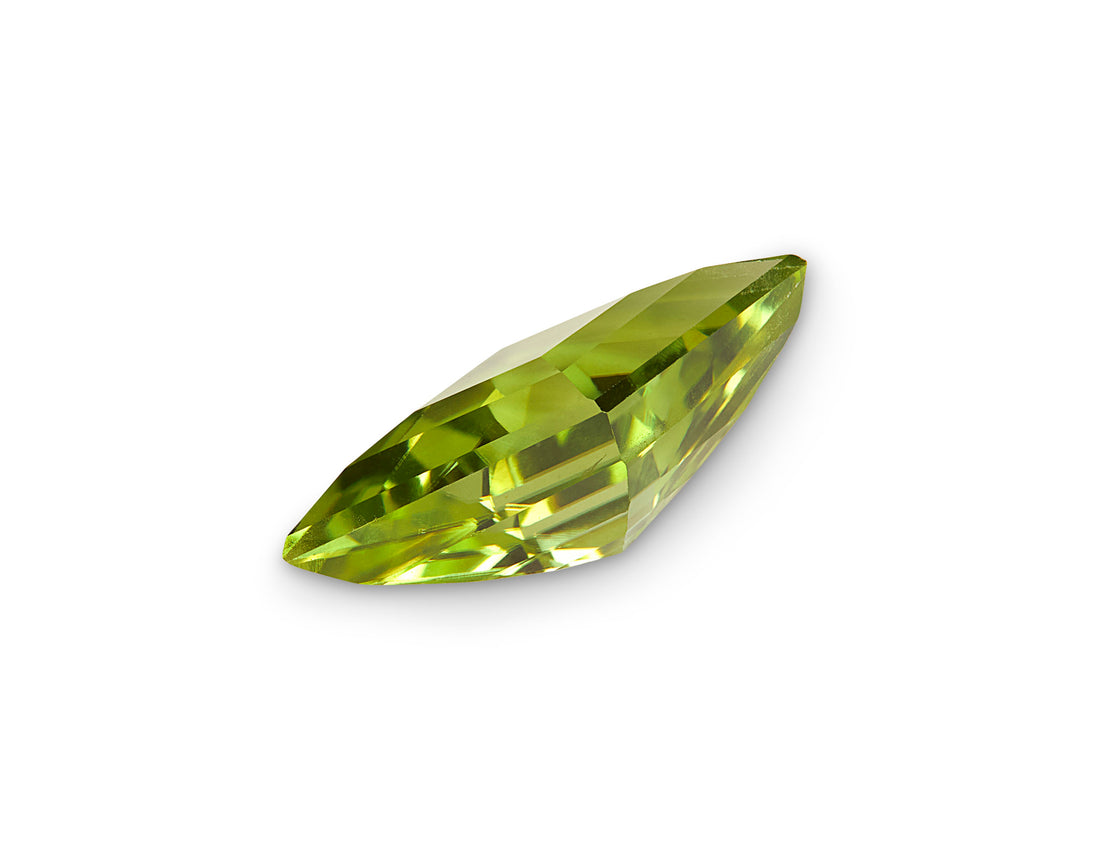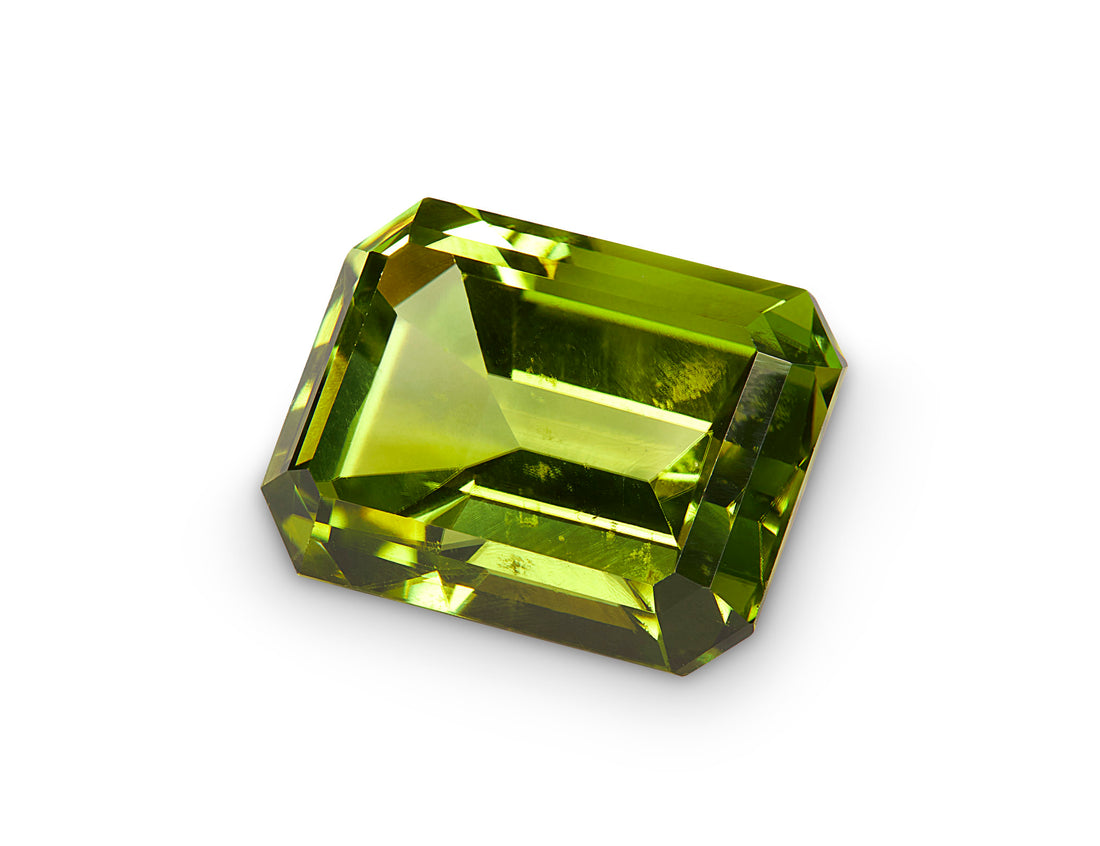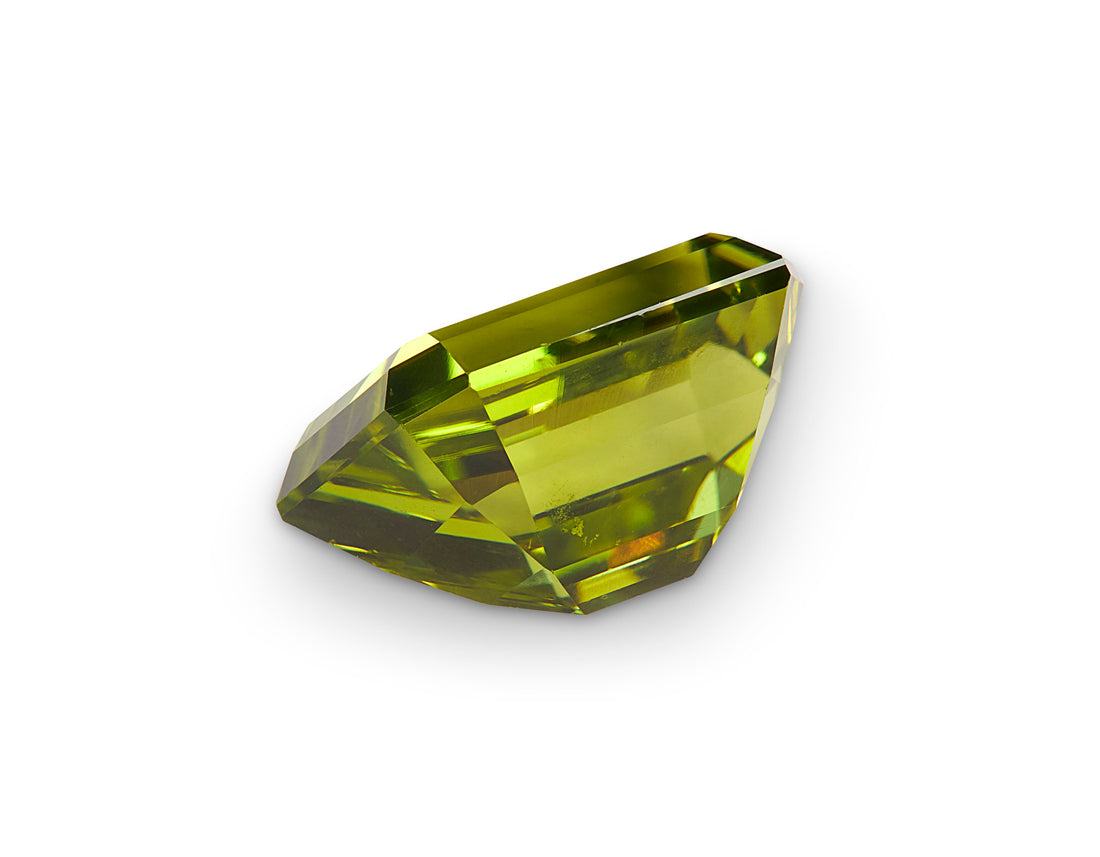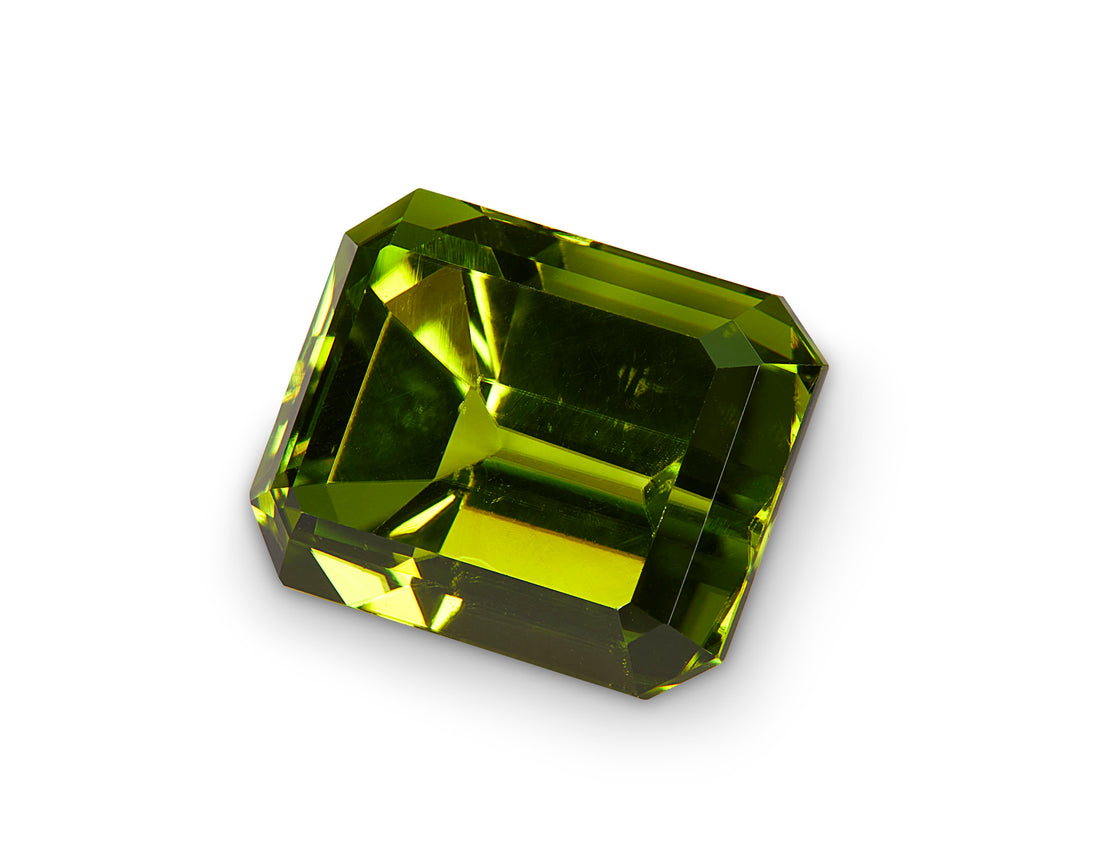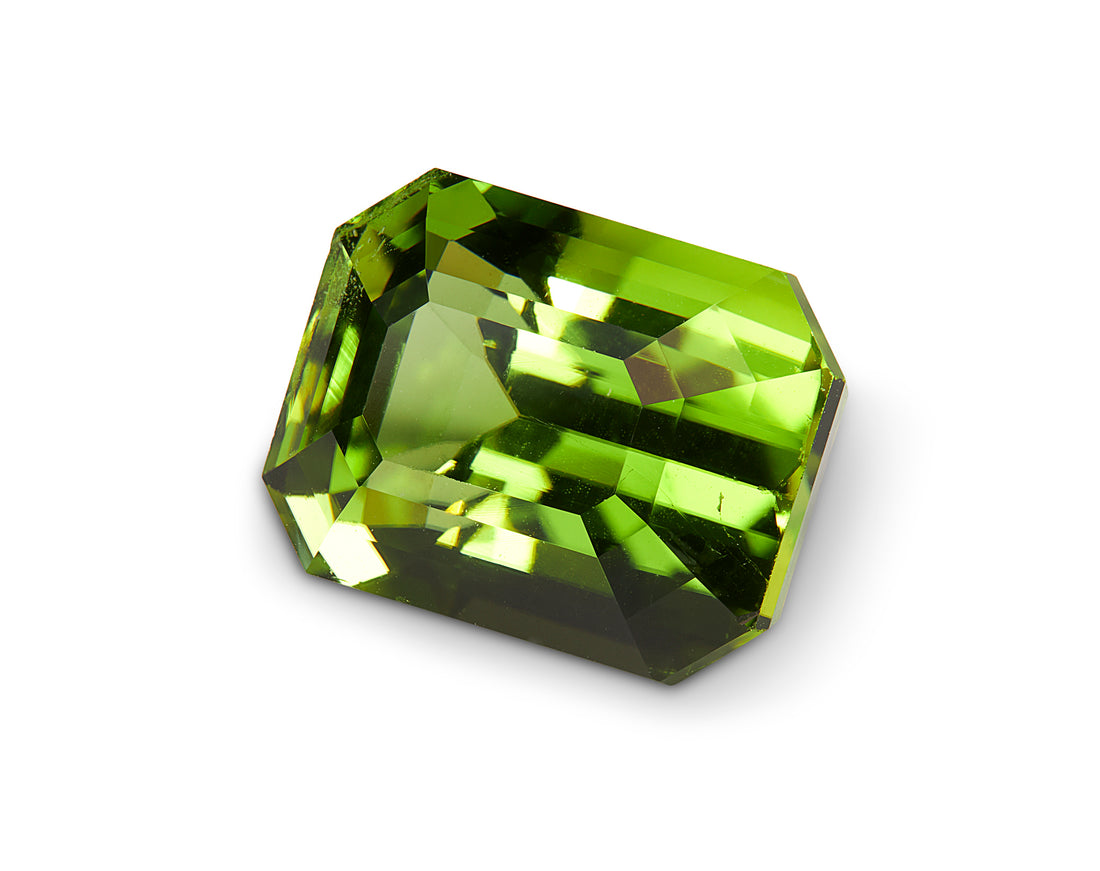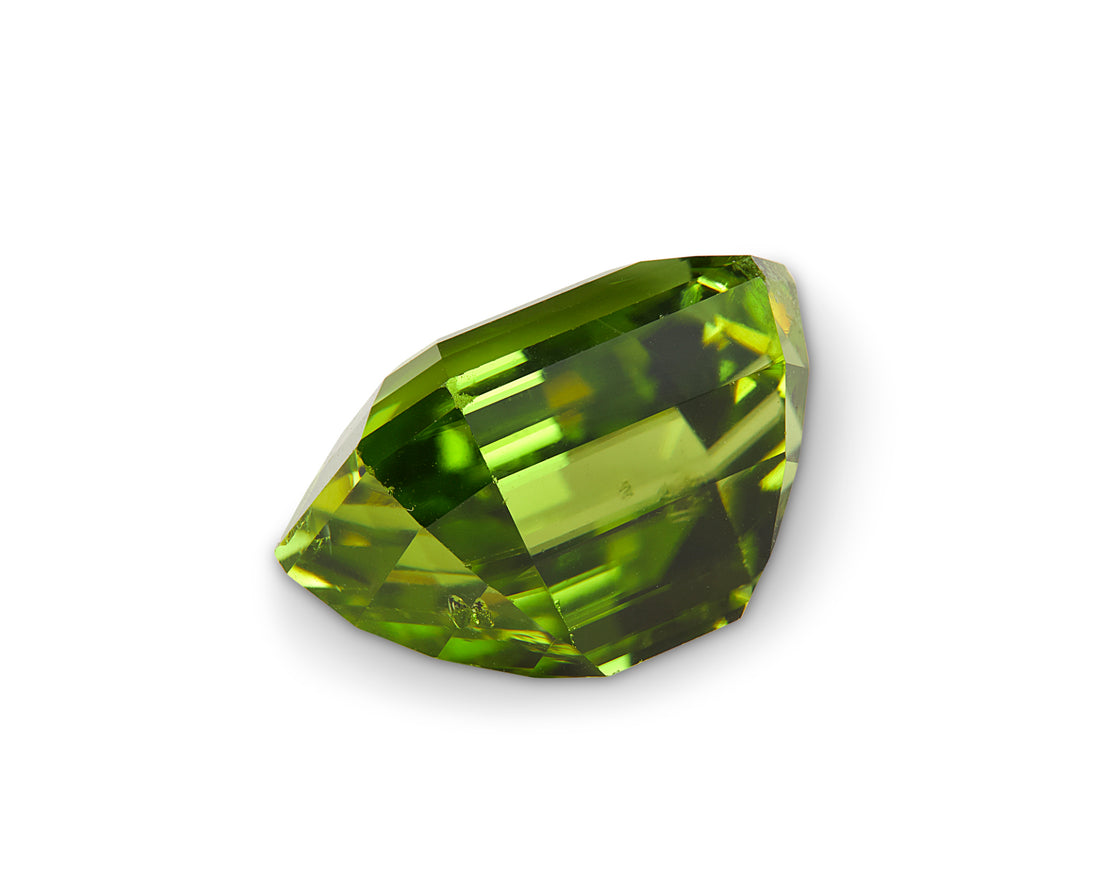Peridot
Peridot, a variety of olivine, is celebrated for its vibrant green hues, ranging from golden lime to rich olive green. Its striking colour is caused by the presence of iron within the gemstone's crystal structure, giving it a lively and refreshing brilliance. The Sapphire Merchant proudly presents an extraordinary collection of natural peridots sourced from renowned origins, including Pakistan and Myanmar. These exceptional gemstones are perfect for gemstone collectors or those looking to craft a bespoke jewellery design.

